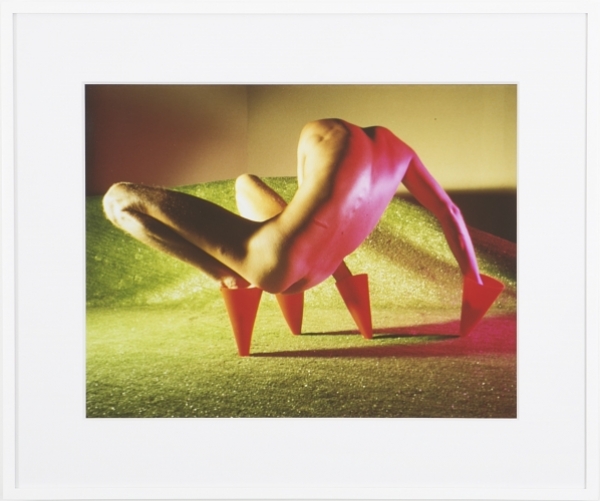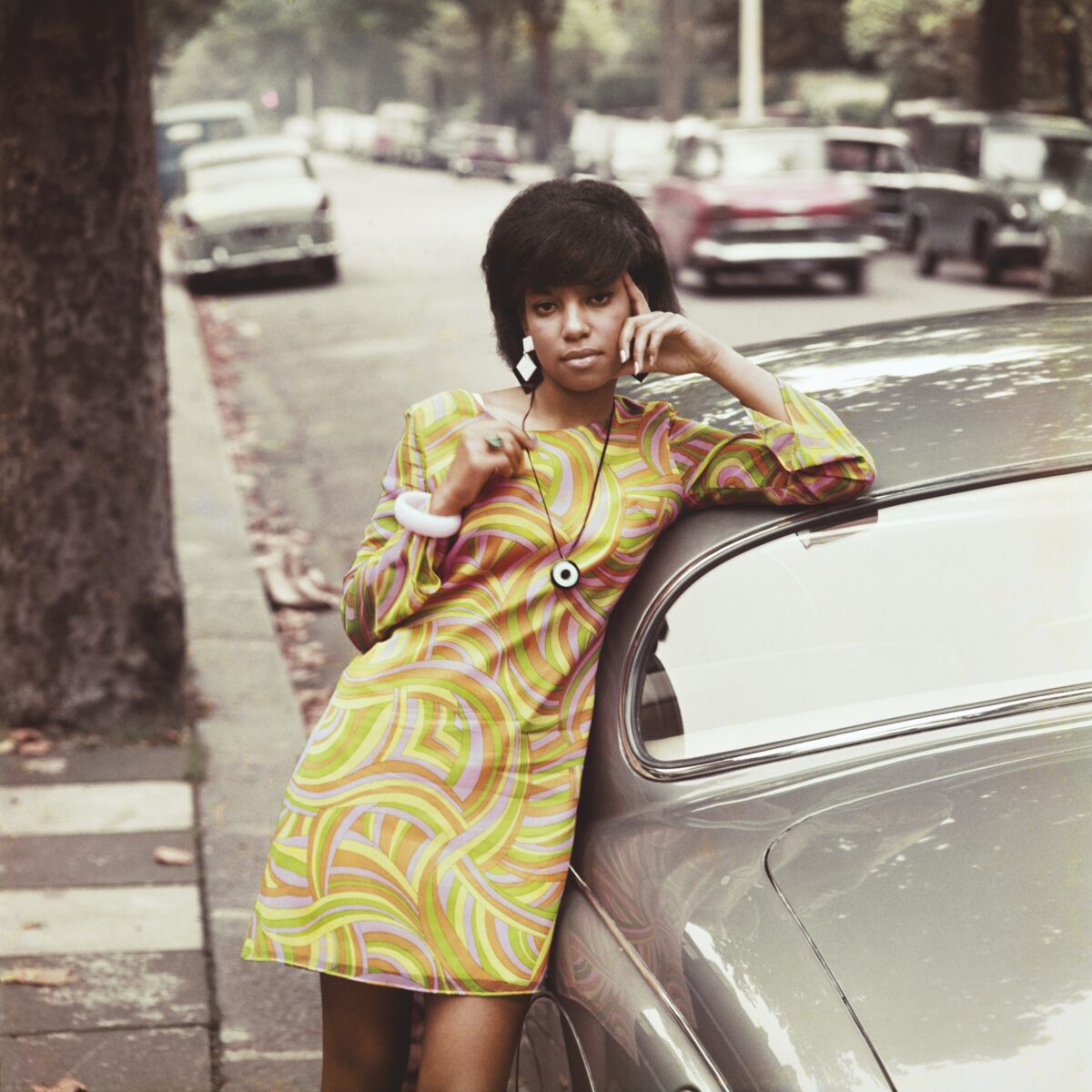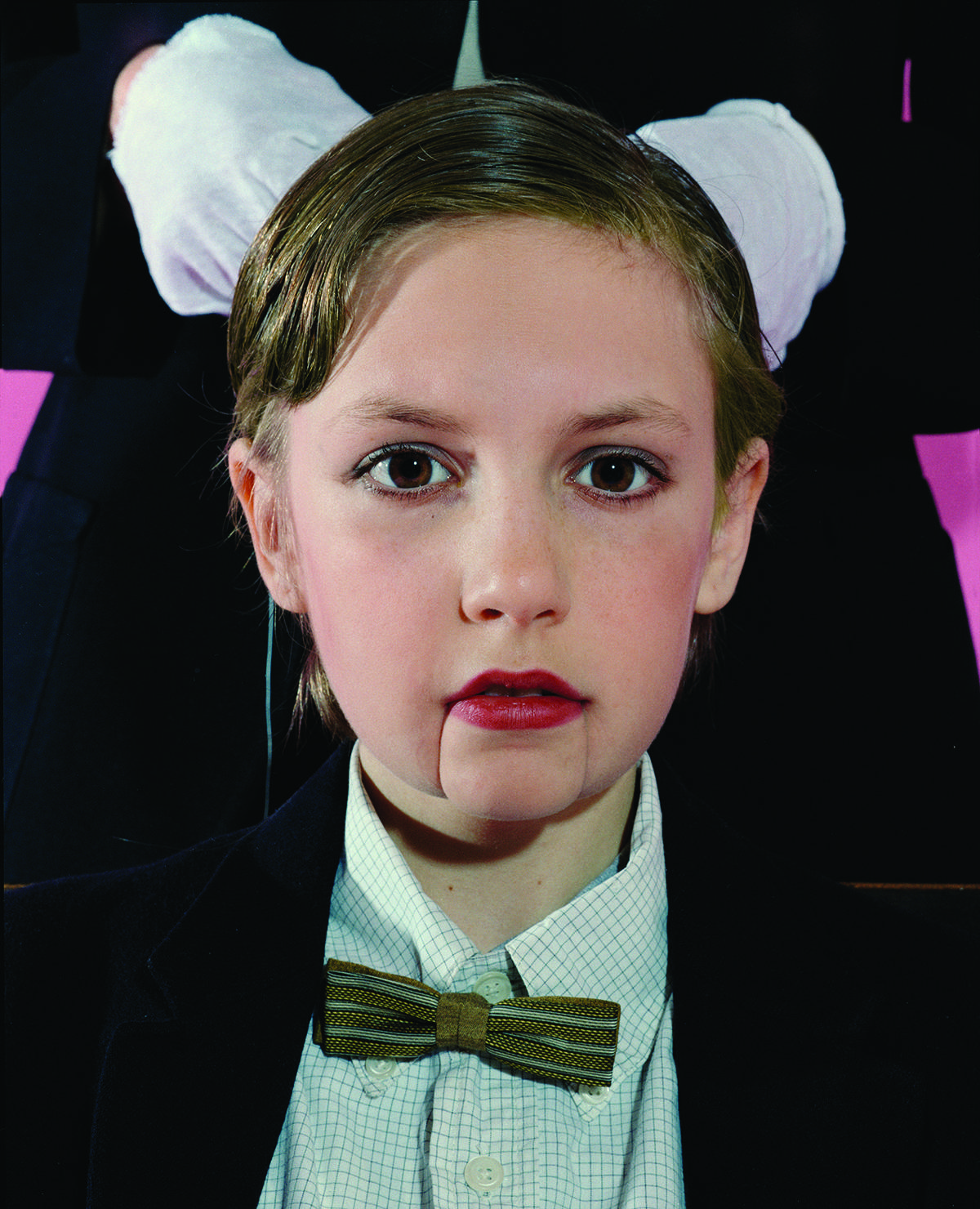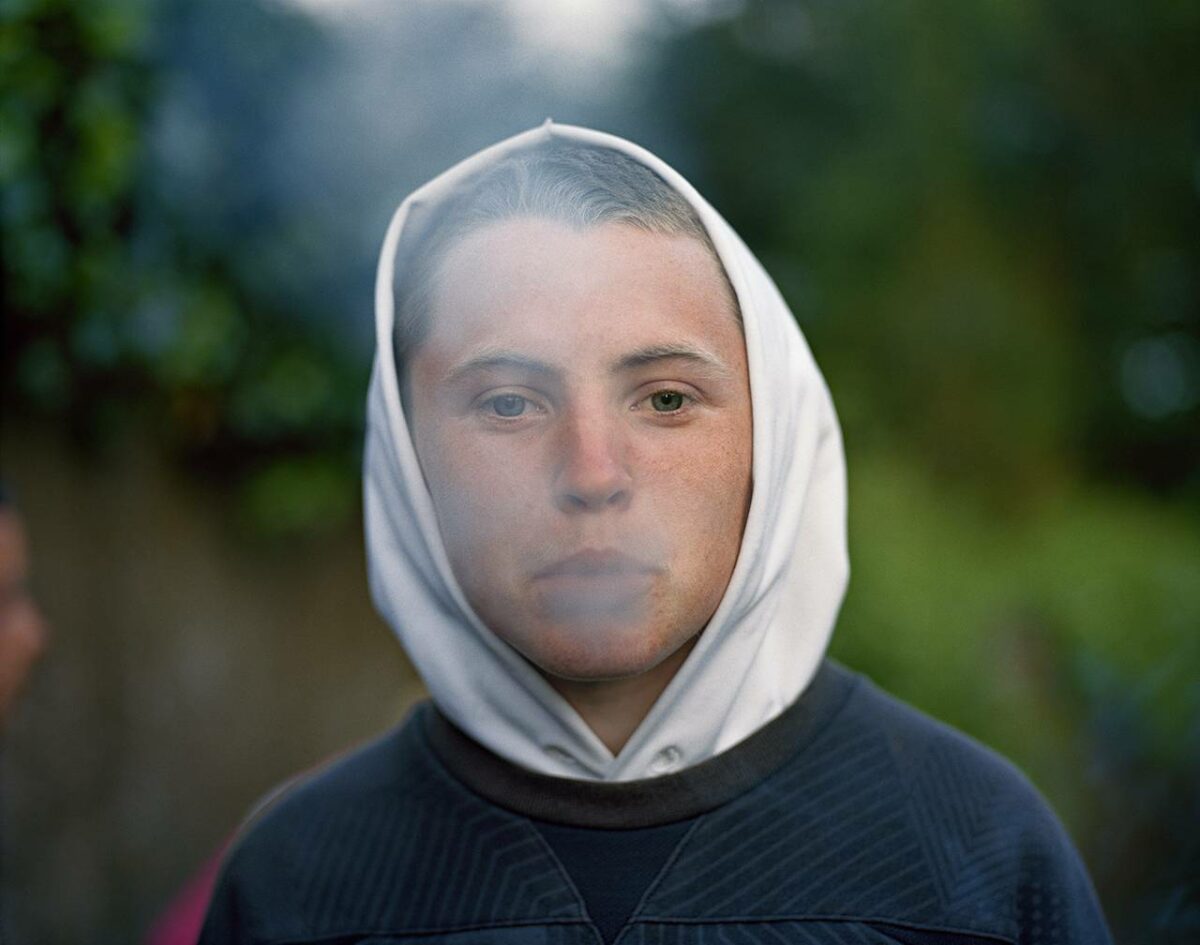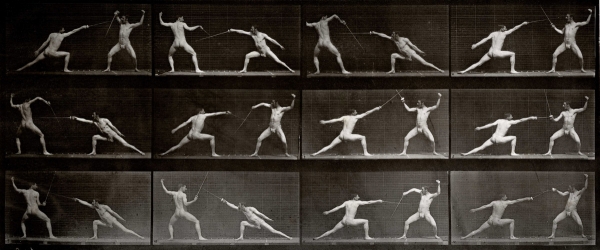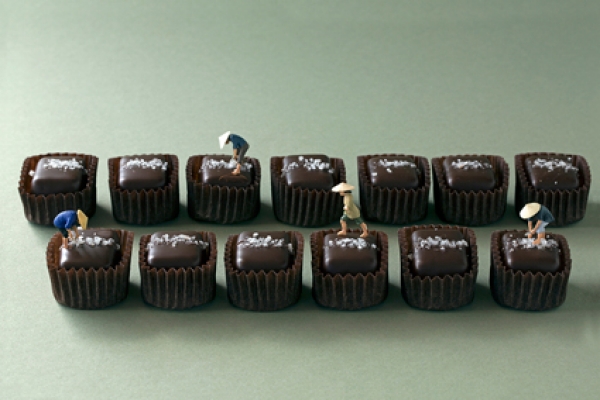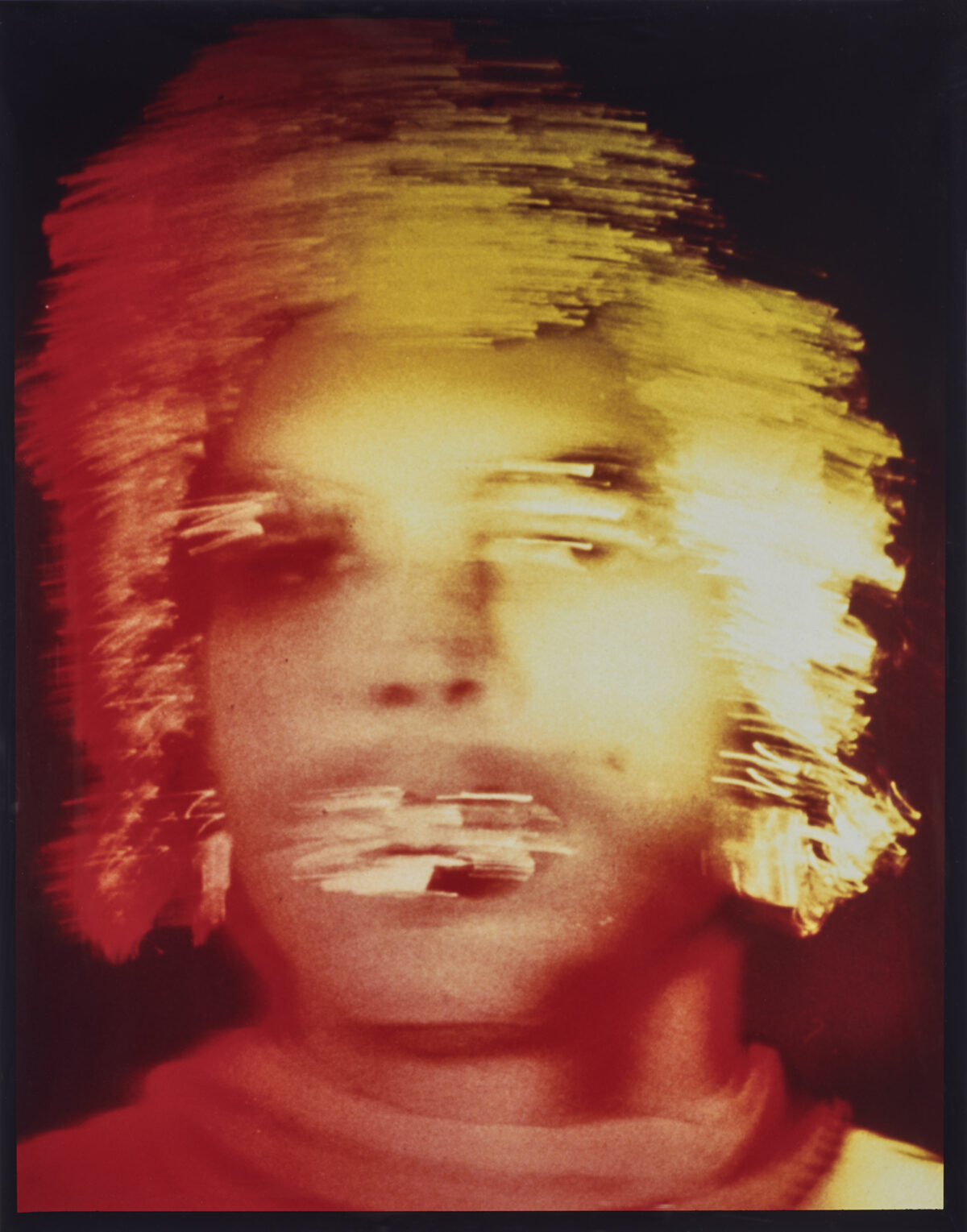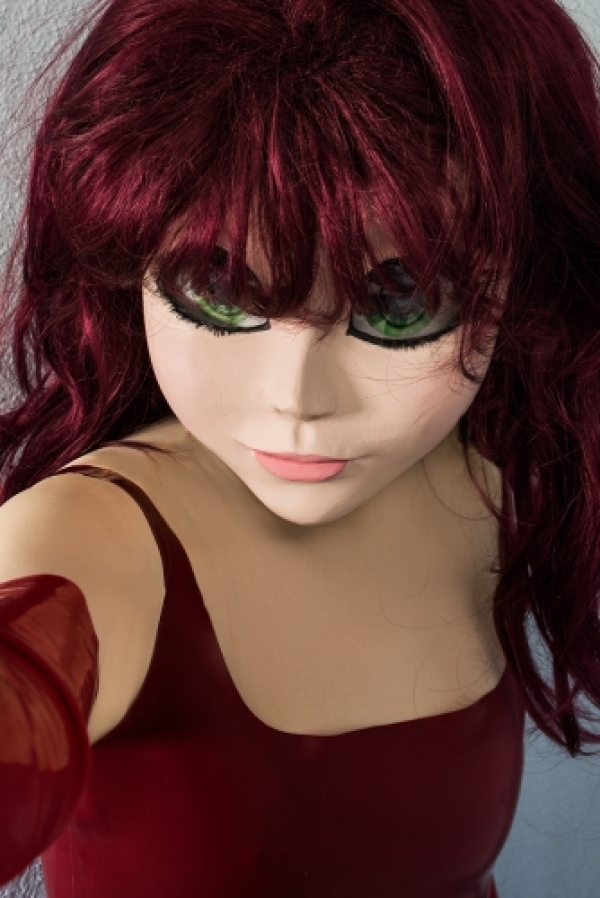

Since her seminal disquieting photographic tableaus from the Seventies, Laurie Simmons has employed dolls as psychological surrogates for emotionally fraught social interrogations of the human condition. In a delightful twist, Simmons shifts, in her latest work, on view at Salon 94 through April 28, to the subject of people who dress as dolls to enter into elaborate role-playing fantasies. Consistent throughout is a wonderful sense of play, of artifice and humanness converging into an almost formalist frisson, and a potent double dose of visual seduction and disturbing subtext. But while people have played with dolls for centuries, Simmons’s appropriation of these relatively recent subcultural behaviors raises perplexing questions about the nature of identity in this highly mediated reality.
Titled Kigurumi, Dollers and How We See, Simmons’s portraits of people/personae take their cue directly from the massive field of Cosplay, a contraction of “costume” and “play” that has emerged from Japanese youth culture. Born of the characters and storylines created in manga comics, anime, and video games, Cosplay has spread like a viral meme among youth around the globe. This is a hybrid that seemingly begs hybridity, easily absorbing the latent energies of escapism we might find anywhere, from Renaissance Fairs and Civil War reenactments to Trekies or the audience participation in midnight Rocky Horror Picture Show screenings of yore. Imagine the utter suspension of disbelief that children exercise magnified beyond imagination into a massive DIY industry of costume production, conventions, lifestyle identifications, and a highly mobilized social interconnectivity, and you get a small picture of the immense pathology that Simmons has tapped into.
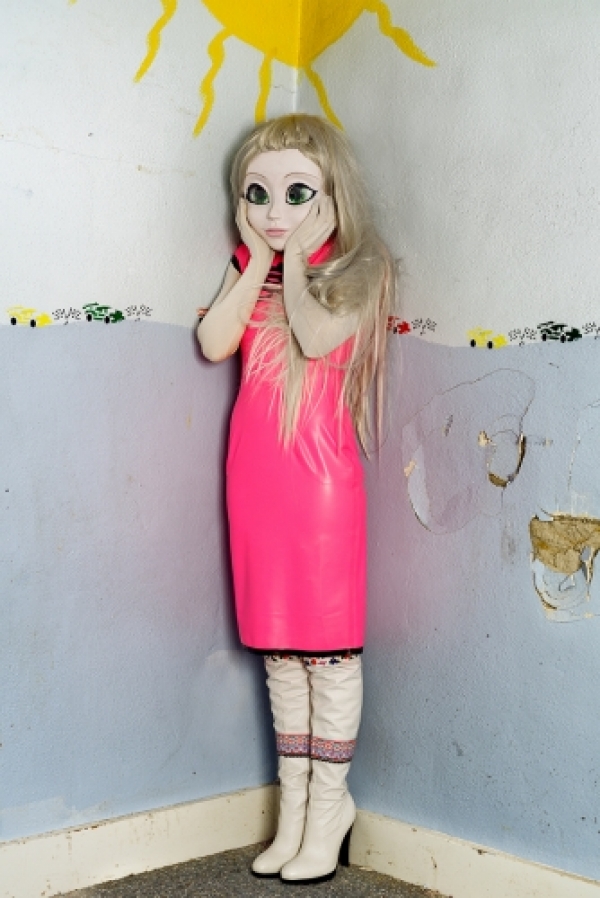

Less about social anthropology than adapting this language to her own artistic vision, Simmons’s large-scale photographs of Kigurumi (a performance-based subgenre of Cosplay) irons out the disjunctive aspects of the medium into a far more aesthetic plane. While Cosplay is often unintentionally hilarious as short fat kids transform themselves into impossible anatomical ideals as only animation can create, Simmons is all about invoking as believable a fiction as possible. Hiring her own models/actors keen on this game of pretend, commissioning masks from a Cosplayer in Russia, and adorning her characters not simply in the usual “zentai” skin-tight full bodysuits but also with latex fetishwear, Simmons conjures archetypes of skewered meaning, at once cloyingly super-cute and deeply eroticized, figures of poetic innocence and profound perversity. In a bow to the mass projection and malleability of identity today, one suite of Simmons’s photographs are in fact selfies taken by the characters themselves, a perfectly post-modern bit of authorship from this formidable voice of the Pictures Generation.


